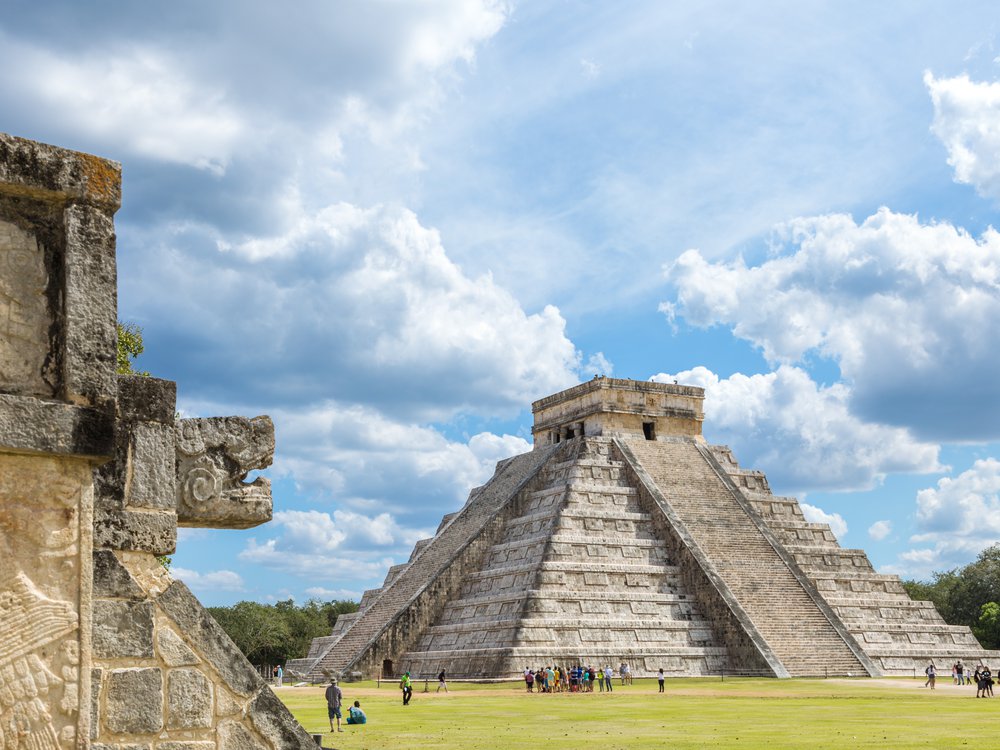Archaeologists Find Elite Residences at Mexico’s Chichén Itzá
The housing complex is the first discovery of its kind in the ruined Maya city

Researchers in Mexico have uncovered a new group of structures at Chichén Itzá, the famed Maya archaeological site, that may have once belonged to the city’s elite.
The new find comes from the work of Mexico’s National Institute of Anthropology and History (INAH), a government bureau dedicated to historical preservation. Prior to this discovery, experts didn’t know of any residential structures at Chichén Itzá.
The housing complex could represent “the first residential group where a ruler lived with his entire family,” Francisco Pérez Ruiz, an archaeologist with INAH, tells Reuters’ Lorenzo Hernandez.
The recently discovered complex includes an entrance arch, per Reuters, as well as “the House of the Snails, the House of the Moon and the so-called Palace of the Phalluses.”
José Osorio León, another archaeologist from INAH, says that the existence of an elite housing structure indicates that others like it may be waiting to be discovered.
“There must be more residential groups that have not been explored yet,” he tells Reuters. “The study of these peripheral groups, around the central part, could tell us about other families, other groups that made up this great city.”
Considered one of the Seven Wonders of the World and protected as a UNESCO World Heritage Site, Chichén Itzá is a ruined Maya city located in Mexico’s Yucatán peninsula and stretching across four square miles.
Settlers first came to Chichén Itzá around 550 C.E. At its peak, experts think that the religious, political and cultural center was home to approximately 35,000 people. The city was abandoned in the 15th century, and archaeological excavations at the site began more than 100 years ago. As UNESCO writes, “The excellent materials and building techniques used by the Maya in the construction of the buildings secured that the architectonic, sculptural and pictorial essence of Chichén Itzá would be conserved through the centuries.”
Every year, around two million visitors flock to Chichén Itzá. The most famous site in the city is El Castillo, a large temple that contains numerous references to the Maya calendar. Other notable structures include the Temple of the Warriors, which features hundreds of engraved columns, and numerous Maya ballcourts.
According to a statement from INAH, the new discoveries will be integrated into a center for visitors.
Over the years, archaeologists have continued to unearth new finds at Chichén Itzá. In 2019, INAH announced the discovery of an unexplored cave at the site, which contained dozens of artifacts, bones and burnt offerings to the gods. Two years later, a well-preserved Maya canoe was uncovered near Chichén Itzá’s ruins.